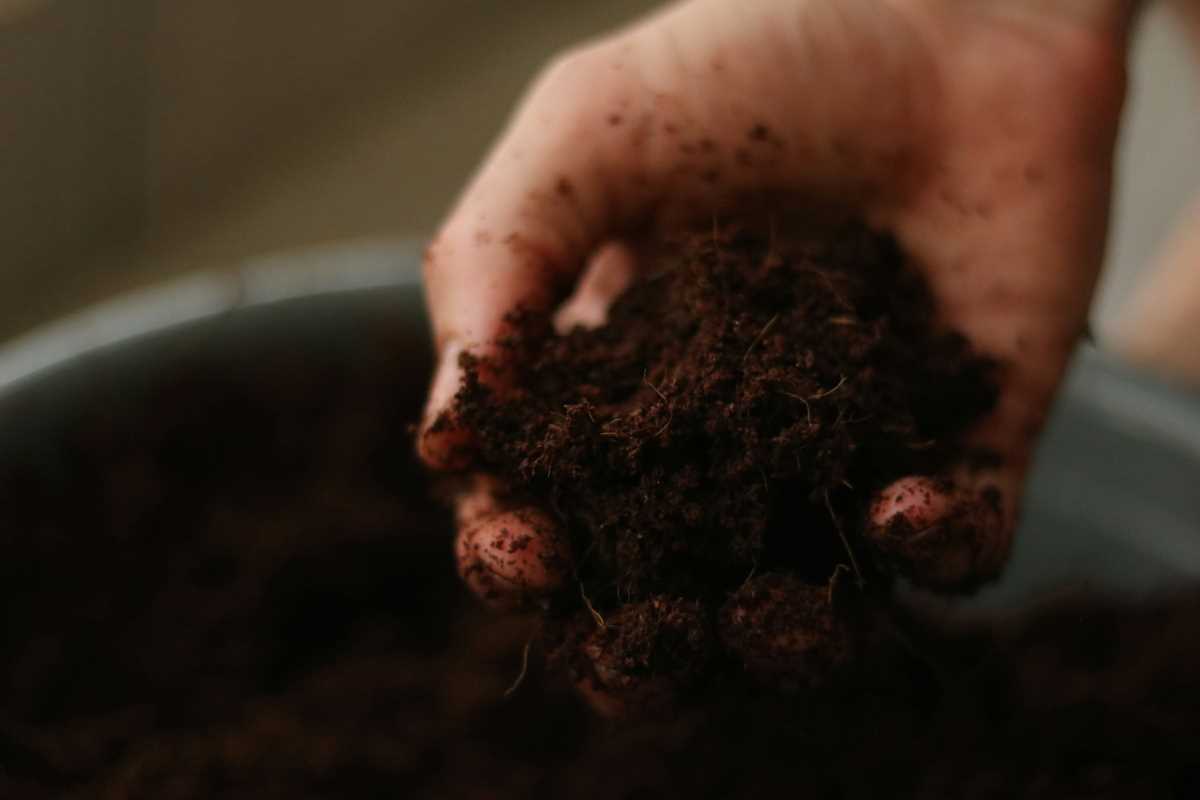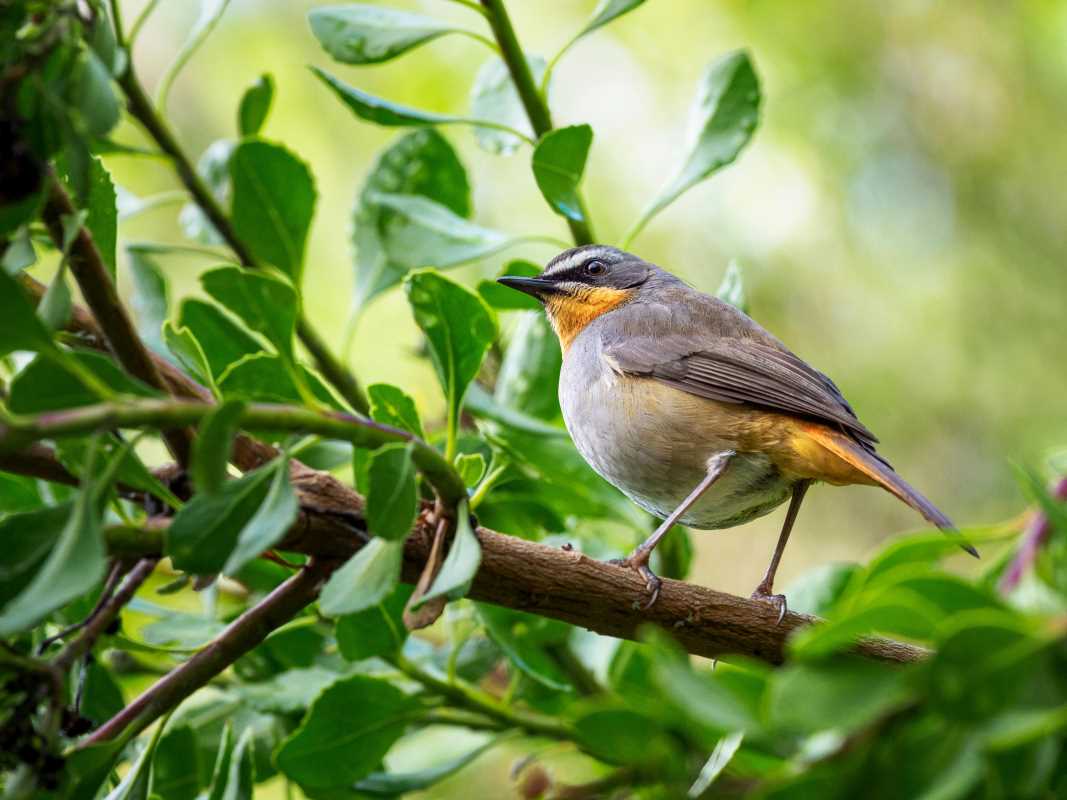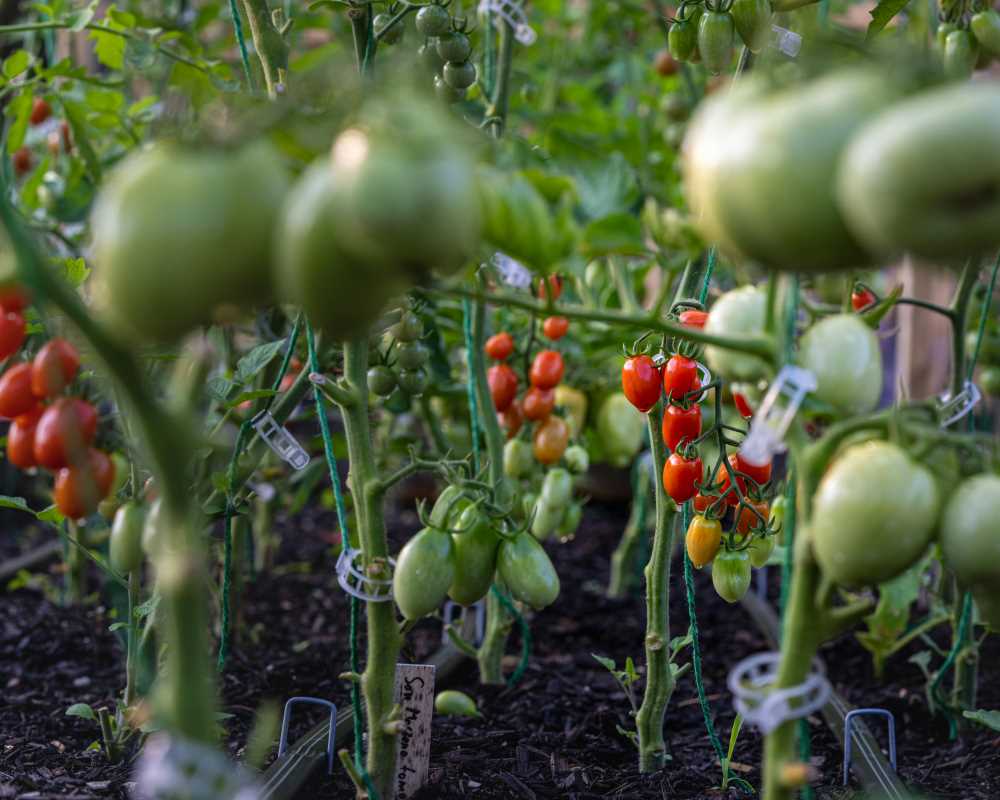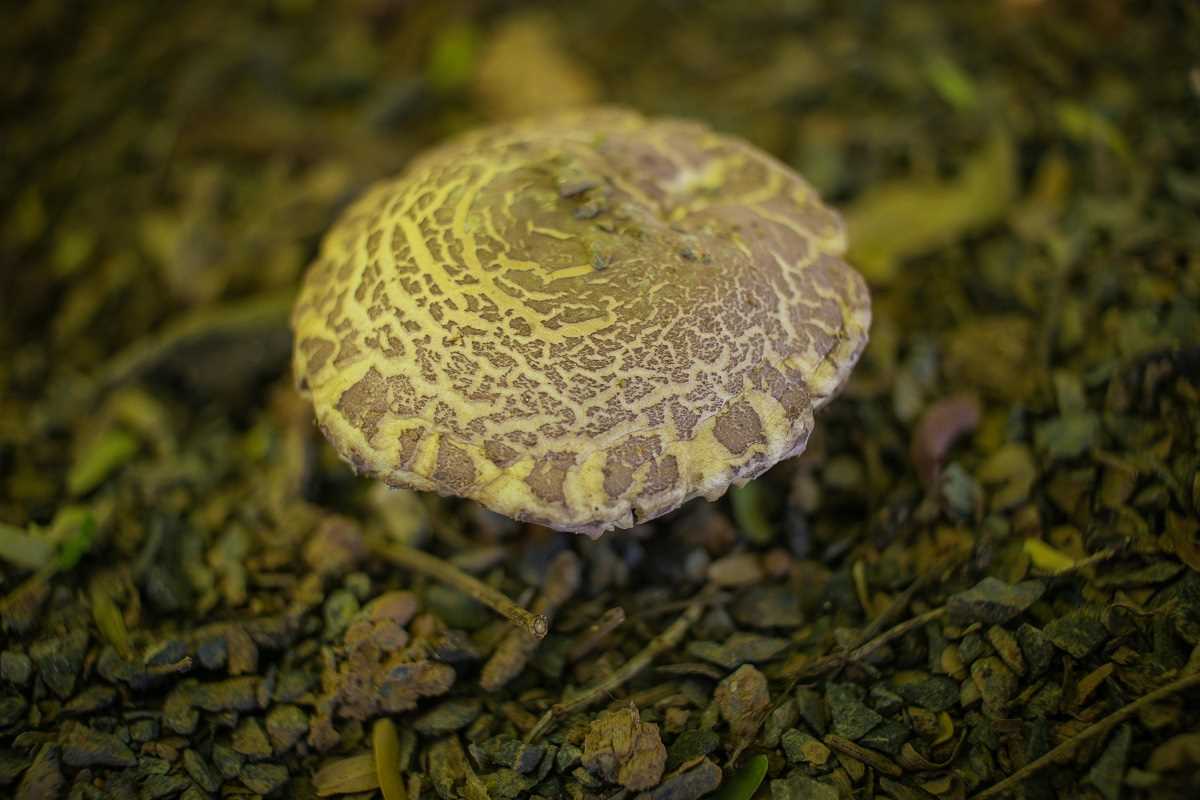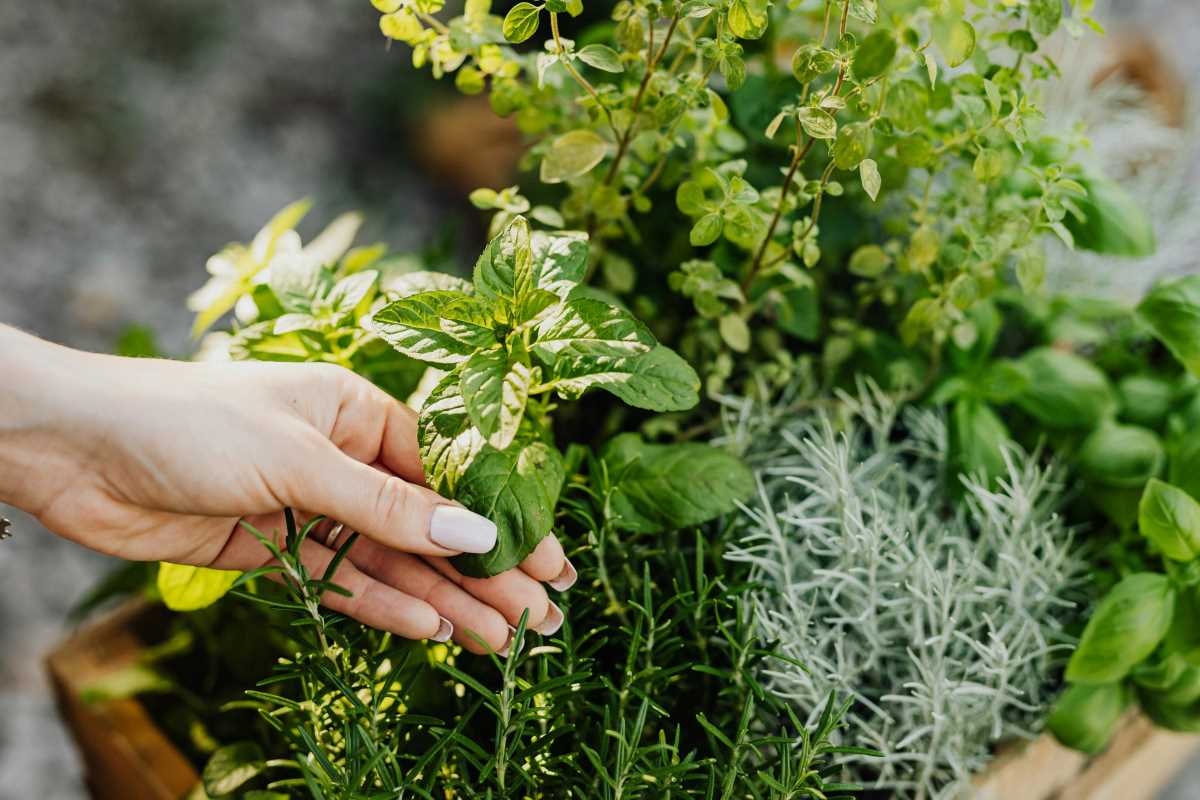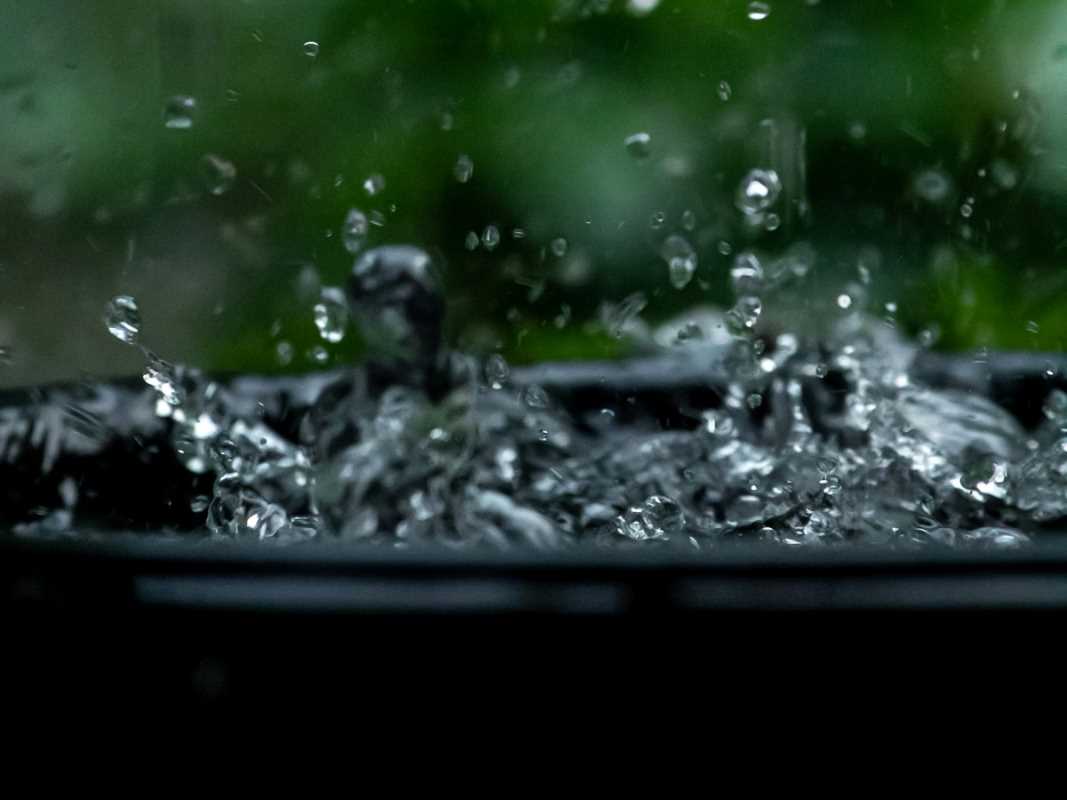Gardeners know that a healthy garden teems with life, from vibrant plants to buzzing pollinators like bees and helpful allies like ladybugs. Managing pests without harming these beneficial insects, however, can feel like a tricky balance. How do you keep destructive pests away without disrupting the ecosystem that makes your garden thrive?
The good news is that there are plenty of eco-friendly pest control solutions that are gentle on pollinators and predatory insects while still effectively managing unwanted visitors. This guide will walk you through safe, natural pest control methods that preserve and even encourage ladybugs, bees, and other essential helpers in your garden.
Why Protect Ladybugs and Bees?
Before jumping into pest control solutions, it helps to understand the importance of protecting these beneficial creatures.
The Role of Ladybugs in the Garden
Ladybugs, particularly their larvae, are natural predators of common garden pests like aphids, whiteflies, and scale insects. A single ladybug can consume up to 50 aphids in a day, acting as one of the most efficient organic control solutions available.
The Role of Bees
Bees are critical for pollinating plants, including fruits, vegetables, and flowers. Without bees, many crops would produce significantly less food, or none at all. Ensuring their safety means supporting not just your garden but the larger food ecosystem.
Unfortunately, many conventional pesticides harm or kill both ladybugs and bees indiscriminately. By choosing safe alternatives, you protect your garden’s natural balance while still tackling pests effectively.
Eco-Friendly Pest Control Solutions
The key to pest control that doesn't harm beneficial insects lies in combining natural strategies. Here are some effective methods to maintain a healthy, pest-free garden.
1. Companion Planting
Companion planting uses strategic plant pairings to repel pests and attract beneficial insects.
How It Works:
Certain plants naturally deter pests due to their scent, chemical composition, or growth behavior. For example:
- Marigolds: Repel nematodes, aphids, and whiteflies.
- Basil: Protects tomatoes by keeping away mosquitoes and flies.
- Chives or Garlic: Discourage aphids and beetles from plants like roses.
Benefits for Ladybugs and Bees:
Companion planting includes nectar-rich blooms that attract these beneficial insects while keeping pests away. For instance, planting herbs like dill and fennel draws ladybugs, while lavender and sunflowers attract bees.
2. Introduce Natural Predators
If you’re dealing with specific pest problems, introducing natural predators can restore balance.
Ladybugs:
You can purchase live ladybugs to release in your garden to control aphids, mealybugs, and mites. To keep them around:
- Avoid using harmful pesticides.
- Provide plants like cilantro, dill, or dandelions as food and shelter.
Other Predators:
Consider introducing lacewings, which are excellent for tackling caterpillars and scale. Nematodes, a type of microscopic worm, attack soil-dwelling pests like grubs without affecting pollinators or other insects.
3. DIY Organic Sprays
Homemade pest sprays can effectively control harmful insects without putting bees and ladybugs at risk.
Neem Oil Spray:
Neem oil, extracted from the neem tree, disrupts pest growth cycles while sparing most beneficial insects.
- Mix 2 tablespoons of neem oil with 1 gallon of water.
- Spray only in the early morning or late evening when pollinators are less active.
Garlic or Chili Spray:
A garlic-chili mixture can deter pests without harming the garden ecosystem.
- Blend 2 bulbs of garlic and 2 chili peppers with water.
- Strain the liquid and dilute it with water before spraying.
Note that even organic sprays should be applied carefully. Target affected plants only, and avoid spraying flowers where bees are likely to feed.
4. Handpicking and Physical Barriers
For small infestations, simple manual removal and physical barriers can protect your plants without chemicals.
Handpicking:
Inspect plants for pests like caterpillars or beetles, and remove them by hand. Drop them into a container of soapy water to prevent their return.
Row Covers and Mesh:
Use fine mesh or floating row covers to keep pests like moths and beetles from laying eggs on crops, while still allowing sunlight and rain to penetrate. Ensure the covers are tightly sealed around the edges.
5. Maintain a Healthy Ecosystem
A thriving ecosystem naturally keeps pest populations in check. The healthier your garden environment, the fewer interventions you’ll need.
Steps to Boost Ecosystem Health:
- Diversify Plantings: Grow a wide range of plants to attract a variety of beneficial insects.
- Enhance Soil Quality: Enrich your soil with plant-based compost to promote strong, pest-resistant plants.
- Provide Water: Add a shallow dish of water with stones for bees and other insects to drink safely.
6. Trap Crops
Trap crops are sacrificial plants designed to attract pests away from your main garden. For example:
- Nasturtiums: Draw aphids, keeping them off nearby vegetables.
- Blue Hubbard Squash: Lures squash vine borers and cucumber beetles.
Be sure to monitor and remove pests from trap crops before they migrate back to your main plants.
7. Sticky Traps and Yellow Tape
Sticky traps can capture certain flying pests like whiteflies and gnats while leaving bees and ladybugs unharmed. Yellow sticky tape, in particular, is effective for small infestations in vegetable gardens or greenhouses.
8. Essential Oils and Herbs
Certain essential oils are natural pest repellents. Spray diluted solutions of oils like peppermint, rosemary, or eucalyptus around your plants. For a subtler approach, grow aromatic herbs like thyme and oregano nearby.
9. Practice Crop Rotation
Rotating your plants helps break pest life cycles by depriving them of consistent food sources. For instance, avoid planting tomatoes in the same spot year after year, as pests like tomato hornworms can overwinter in the soil.
10. Educate Yourself About Your Garden’s Needs
Finally, knowing your garden and pests on a deeper level will lead to more effective pest management. Learn to identify pest eggs, larvae, and damage early. By catching pests before infestations grow, you reduce the need for drastic interventions.
Gardeners and the creatures that visit their gardens share the same goal: creating a balanced ecosystem. By adopting pest control methods that encourage rather than harm allies like bees and ladybugs, you’ll enjoy a healthier garden without resorting to chemicals or short-term fixes.
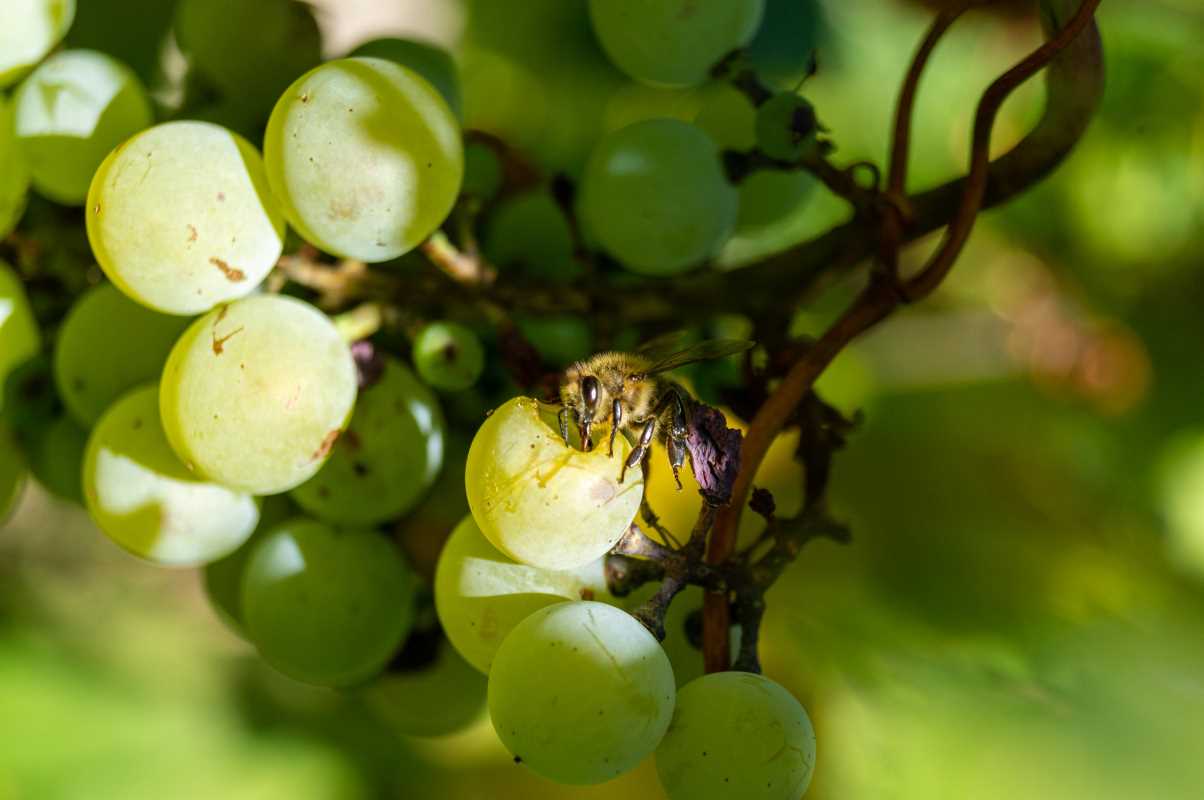 (Image via
(Image via